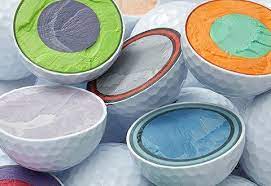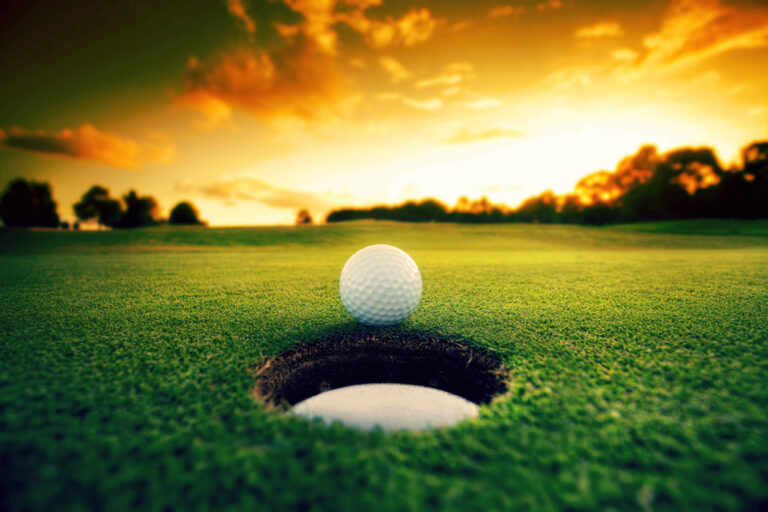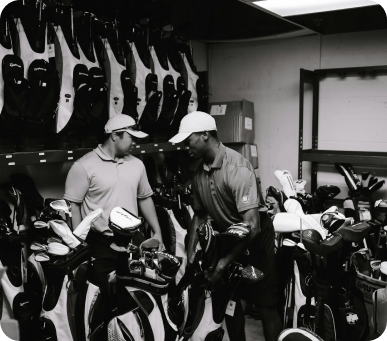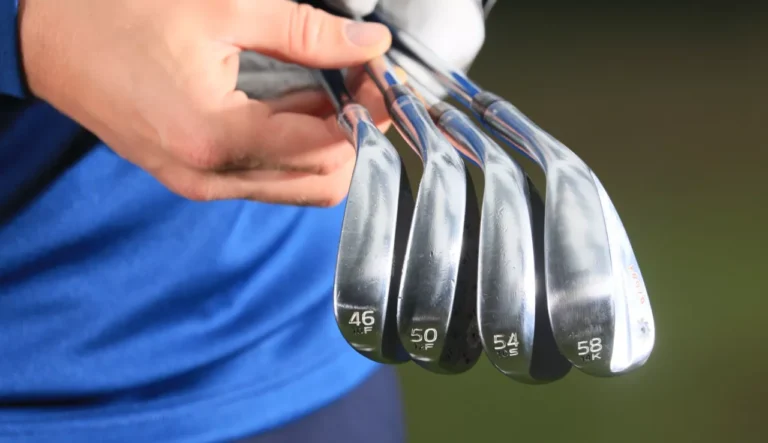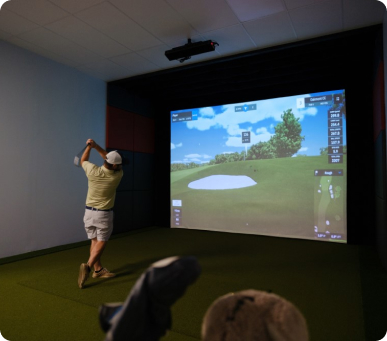What Are The Different Types Of Golf Balls?
For the average weekend hacker, picking the right golf ball isn’t that big of a deal. That couldn’t be further from the truth for the person wanting to improve, so in this post, we’ll be talking about the different types of balls and who they’re built for.
As a general rule, golf balls will fall into four different categories: tour performance, tour value, straight distance, and soft distance. Tour performance balls are built for scratch golfers, tour value is for low to mid handicaps, and straight/soft distance is for high handicap golfers.
This really only scratches the surface because each type of ball can be broken down even more. Your ball can have two layers or it could have 4. The compression rating might be low or high and the same goes for the spin rate. Continue reading to find out all the details.
Does The Type Of Golf Ball Make A Difference?
The type of golf ball you play is really important if you’re looking to improve your scores. Advanced golfers will be able to control and get distance out of any golf ball, but for average players, the type of ball makes a big difference.
Golf balls have a different number of layers, they have different compression rattings, some have more spin than others, and some are much softer.
If you’re in low handicap territory, the type of ball you play isn’t as important. Sure, you’ll probably want to play a tour ball that’s more controllable, but you’ll probably be able to shape any type of ball.
Your swing speed is fast enough and you’ll be able to compress the ball properly. That means you’ll get a respectable distance out of anything.
The reason better players use a ball with more layers is that it’ll decrease the amount of driver spin and increase the amount of wedge spin.
For the average golfer out there, that’s not exactly the case.
Golfers like me (and probably you) don’t always have solid golf shots. A ball with the wrong compression rating might impact our distance a lot. A ball with high spin rates might spin three fairways over.
We actually did a test to see if compression made a difference with different swing speeds. If you’re curious, you can find out do low or high compression golf balls go further.
Not only will certain balls perform better for average players, but they’ll also be easier on the wallet. Tour balls are a lot more expensive, but they aren’t going to benefit most people. Distance and spin control balls will be your best bet.
These are the main types of golf balls on the market:
- Tour performance
- Tour value
- Straight distance
- Soft distance
Tour performance (3-5 layers): These balls are usually the most expensive on the market and are built for low handicap and scratch golfers. They are designed for optimal distance, feel, and spin. You’ll need a faster swing speed to benefit from these balls.
Example: Titleist Pro V1, , Callaway Chrome Soft, Taylormade TP5, Bridgestone Tour B RXS.
Tour value (3 layers): These balls are pretty similar to tour performance balls, but the main difference is that they usually have a lower compression rating, less spin, and a cheaper price tag. That makes them a good choice for better players who don’t want to spend a fortune.
Example: Titleist Tour Speed, Taylormade Tour Response, Srixon Q-Star Tour.
Straight distance (2-3 layers): These balls are built with a large core and thin outer layer, which are designed for maximum distance. The benefit to these balls is that they’re cheaper than tour balls and fly straighter. The downside is that they don’t have very good short-game performance (wedge spin).
Example: Titleist Velocity, Bridgestone e12 Contact.
Soft distance (2-3 layers): These balls have a low compression rating and are designed for people with slower swing speeds. Golfers with slower swing speeds will get more distance and less side-to-side spin with these balls.
Example: Callaway Supersoft, Srixon Soft Feel.
Golf balls have multiple layers because it allows golfers to get the optimal feel, distance, and spin. Additional layers will help better players with faster swing speeds get more spin with their wedges and less spin with their driver.
